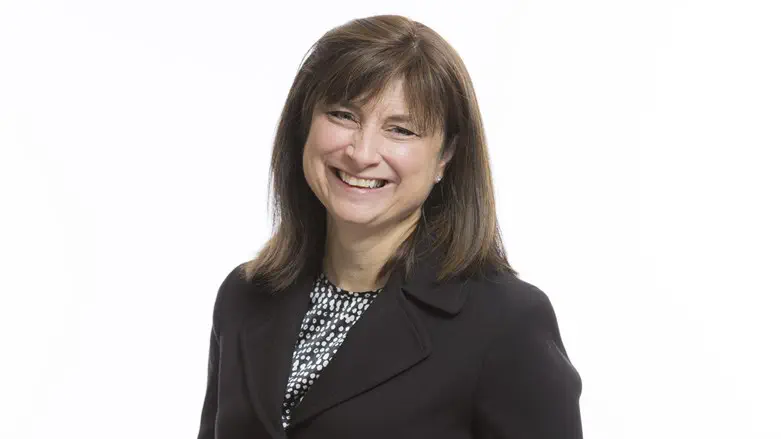
In recent weeks, we’ve learned of a remarkable story of growth and regrowth. An ancient seed, that of the Judean balsam tree, has grown into a 12-foot tree under the watchful eye of a team of Israeli scientists. The balm of Gilead that is produced by the tree was bought, sold and traded for the making of perfumes and medicines. It was usually harvested from the Dead Sea basin.
The seed was found in an archeological dig in the 1980s and stored in the archives of Hebrew University until a curious researcher planted and tended it. The husk was carbon-dated to about the 11th century. The team kept it quiet for 14 long years until the tree matured enough to identify it; the study was published in the journal Communications Biology. Since then, this amazing scientific discovery has been covered by dozens of news outlets, including The New York Times.
When I first read this story, I connected it to a remarkable passage from book of Job. “For there is hope for a tree: if it is cut down, that it will sprout again, and that its tender shoots will not cease. Though its root may grow old in the earth, and its stump may die in the ground, yet at the scent of water it will bud and bring forth branches like a plant” (Job 14:7-9). A tree is the perfect emblem of re-growth. If you create the right conditions, it will once again flourish.
The beginning of Psalms compares someone happy to just such a tree; “like a tree planted beside streams of water, which yields its fruit in season, whose foliage never fades, and whatever it produces thrives” (Ps. 1:3).
Regrowth can be harder than growth because it involves a level of self-knowledge and the discipline to set the right conditions for regrowth. It can also be more important than first-time growth because it challenges us to question assumptions we’ve already made about ourselves, our relationships, or our work that we may be ignoring.
I have found three terms from my colleague Joseph Reimer that inspire regrowth in adult development: new learning, relearning, and unlearning (“Toward a Theory of Adult Jewish Education,” The Pedagogic Reporter, 1990). New learning might take the form of coaching, course instruction, or advancing in a hobby. Relearning is approaching what we’ve already learned once with new eyes. This is an apt description for Jewish text study. We read and re-read texts and experience regrowth when we find new insights. Unlearning may be the hardest because we have to rethink and readjust our own behaviors from skill development in a sport to skills in relationship-building.
Relearning involves returning to an area in which one once had some familiarity (or assumed familiarity) and trying to connect to that which has grown distant and unfamiliar...Relearning can be much harder than new learning for several reasons.
First, one may be embarrassed to admit how much one has forgotten or how little one mastered in the first place.
Second, one may have negative feelings about what one was taught in the past. The act of relearning may bring those feelings to the fore and they may block one’s emotional willingness to relearn.
Third, relearning often involves unlearning; that is, undoing the myths and distortions that have crept into one’s knowledge base due either to one’s relative immaturity at the time of past learning or the faulty communication in the process of that learning.
We might unlearn bad posture, a golf swing, or bad eating habits. I once discussed these terms with a class of older adults; one participant shared that he had to unlearn the racism he grew up with in his childhood home.
As we welcome in 2025 and pray for our hostages and soldiers, let us use the newness of the secular calendar year as a time of regrowth: let us do new learning, relearning, and unlearning so that we can, like this ancient tree, grow to new heights.
Dr. Erica Brownis Vice Provost for Values and Leadership and Director, Rabbi Jonathan Sacks-Herenstein Center for Values and Leadership